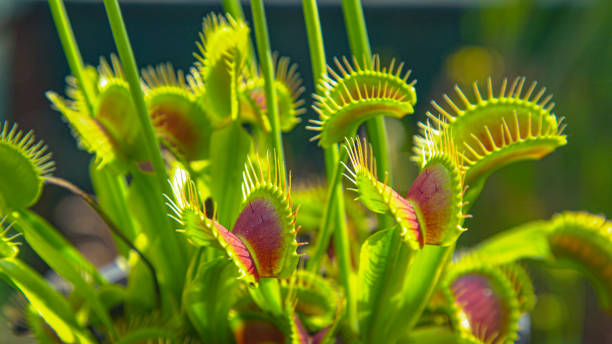They may seem like little alien plants but these fascinating plants have evolved a special talent that helps them survive. If strange plants excite you, here are five fascinating carnivorous plants to look for.
These predatory plants have developed a rather interesting coping mechanism, rather than drawing nutrients from the soil, these plants eat bugs or other small creatures to survive. With weird-looking leaves known as pitchers, modified leaves, attract and trap insects.
Once the insects are trapped within the pitcher, they can’t escape which feeds the plants. Carnivorous plants are often highly temperamental to grow, requiring exact growing conditions which may be hard for some gardeners, but don’t let that derail you.
Venus flytrap
With a simple insect catcher technique, the leaves of the Venus flytrap snap shut if its tiny hairs are brushed twice by unsuspecting bugs. You have probably seen the Venus flytrap plant as it is one of the more common carnivorous plants.
The plant grows in moisture and gets some of its nutrients from the soil, but to supplement its diet the plant eats mostly insects. The Venus flytrap may take three to five days just to digest an insect. The Venus flytraps are perennial plants, which means they bloom year after year with white flowers that have green veins on them.
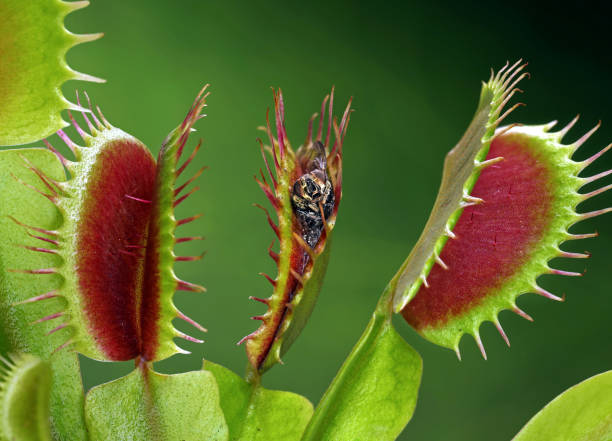
Image Credit: Unsplash
Cobra lily
The flower resembles the head of a cobra snack and that’s where it gets the name. The translucent appearance of the plant is the winning formula for attracting insects.
Bugs usually get confused by the translucent leaves, thinking they’re escaping from the clutches of the plant but are flying deeper inside the plant. The flowers of the cobra lily plants are yellow to purplish green.
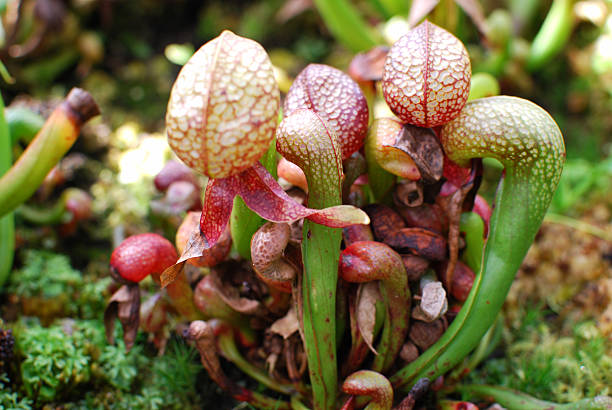
Image Credit: Unsplash
Tropical pitcher plant
The tropical pitcher plants may be the weirdest of all the carnivorous plants. They are woody vine pitchers that hang down, making them an ideal choice for hanging basket houseplants. Some larger tropical pitcher plants may even trap small mammals, lizards, frogs and even small birds.
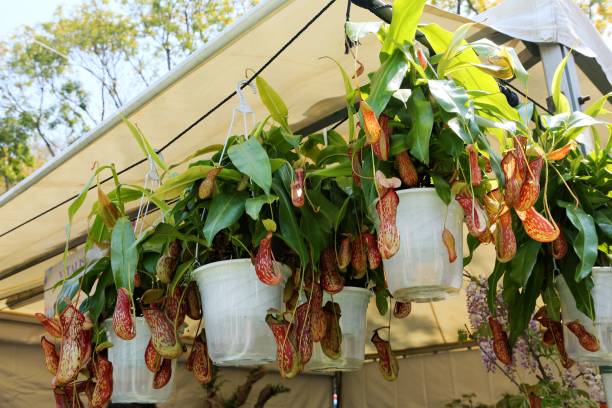
Image Credit: Unsplash
Sundew carnivorous plants
With shimmering sticky secretions that cover the hairs protruding from their attractive-looking tentacles. These tentacles attract thirsty bugs to what look like raindrops on the leaves. The illusion of water on the tentacles is a glue-like substance to traps the insects. Sundews respond actively to touch.
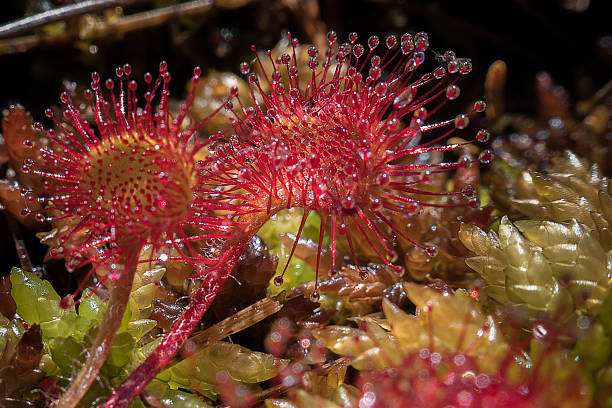
Image Credit: Unsplash
Sun pitcher plant
These plants have evolved modified pitcher-shaped leaf structures that hold water to drown insects. Native to the jungles of South America, they are among the most difficult pitcher plants to grow in cultivation as they need precise temperatures to survive.
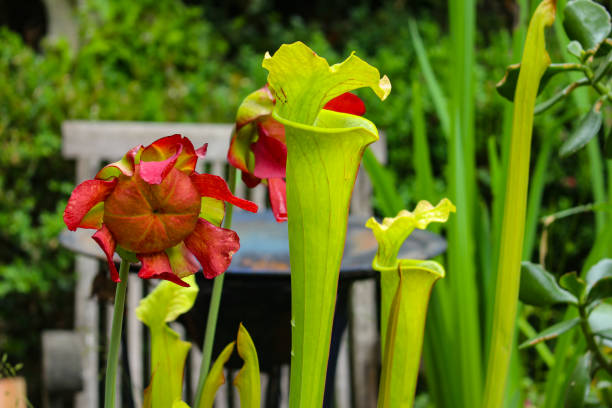
Image Credit: Unsplash
ALSO SEE:
Feature Image: Unsplash

